I finally had the opportunity to go to Swedish Lapland this year. Lapland feels completely different between summer and winter. Winter is special for many reasons, firstly my fondness of snow (and loads of it), northern lights (oh yeah), snow animals (reindeer, huskies), snow sports (ski, snowboard) and lastly the alpine landscape.
A trip in the middle of February into the harsh unforgiving and unpredictable weather of Swedish Lapland calls for some careful preparation and planning. This means subzero temperatures and flash snow-storms. This website has some useful tips and tricks for travelling in Sweden. Of course, we were prepared with extra heater, warm blankets, sleeping bags, fire-making equipment, snow shovels, reflectors etc. Perhaps the most surprising discovery was the size of Sweden. It is hard to imagine the size of Sweden on a Mercator projection map. It turns out that the distance from Copenhagen, Denmark to Narvik, Norway (2064 km) is the same distance as Copenhagen to Naples, Italy (2102 km). Yes, it’s 22 hours of driving one-way.
Pretty much all of Sweden from the Skåne up to Lapland is quite flat and featureless, except for the whole western border with Norway which is marked by the Scandinavian mountain range. The natural vegetation changes dramatically as we move from the South to North. The vegetation changes from mixed deciduous hardwood forests in the southern tip to boreal (taiga) forests in central Sweden to alpine vegetation in the very North. Personally, for me, the most exciting winter landscapes were the dense coniferous forests of Västerbotten.
Winter time in Northern Sweden is exciting for several activities which may not be possible elsewhere. Some of these include ice-fishing, cross-country skiing, snow-trekking, husky sledging, snowmobile expeditions, aurora-hunting and other winter sports. I was particularly interested in watching auroras and trying out snowmobiling. Of course, one wants to try out all activities if possible when there but these things are not cheap by any standards.
Jokkmokk lies on the Arctic circle and is sort of the gateway to Lapland and the Sami culture. I was lucky to to see northern lights for the first time in Jokkmokk. I kept checking on my mobile app constantly for high kp-index and clear skies. Driving out of the town centre into a dark remote lake side provided the best views. Auroras are not always easily visible to the naked eyes. A long-exposure shot in camera followed by some photo-editing brings out the strange shapes and colours. Luckily, I was able to see some bright intense auroras due to high kp-index (>7). They usually tend to be green although I think I might’ve seen some reds too. My attempt at filming the aurora did not work as it was not bright enough to register at 30fps.
Kiruna is the northernmost major town in Sweden located about 145 km north of Jokkmokk/Arctic circle. Kiruna is essentially a mining town powered by the LKAB Iron-ore mine. Kiruna is also a popular tourist destination with winter activities and the famous Ice hotel. Kiruna also serves as an entry to the Abisko National Park. Kiruna also has a nice big tourist information centre with brochures and guides to the various attractions. There are numerous tours being organised here including trips to Mt. Kebnekaise (the highest mountain in Sweden) by snowmobiles, husky sledging or winter trekking. We took the basic guided snowmobile tour through the local wilderness. The snowmobiles are surprisingly easy to learn. The tour lasting about 3.5 hours took us through some enchanting snow covered woodlands and hills. We were also offered some grilled moose meat sausage.
The Ice hotel is located at Jukkasjärvi, about 17 km east of Kiruna. The Ice hotel is constructed out of ice every year. The ice hotel comes with full hotel experience including the ice bar, ice chapel and ice bedrooms. The prices for the rooms are pretty insane but each room is a unique work of art. It was fun to look around but other than that there is not much to do. There is a Sami museum close to the Ice hotel but was closed when we got there.
Beyond Kiruna, the only two points of interest within Sweden are the Abisko national park and the Riksgränsen-Björkliden ski slopes. I decided to have a go at snowboarding for the first time. It is pretty hard to get started. The most difficult part was going uphill using the J-lift wearing the snowboard. After several failed attempts, I decided to do my learning at the bottom of the slope. I must’ve spent more time kissing the snow than on the board. After a painful 2 hours, I am soaking in sweat as I was wearing a down jacket which is, as I learned, totally inappropriate for active sports. All this sweat and -10°C doesn’t go well. I was pretty frozen by the time we decided to get off the slopes. We were in for another surprise when we learnt that the only fuel station after Kiruna was in Narvik, Norway. We had to take a detour from Riksgränsen all the way to Narvik. The route to Narvik was pretty fun with all the mountainous, spiralling roads which is quite typical for Norway.
Considering wildlife, we were able to see reindeers, huskies and siberian jays. On the way back, we were lucky to spot some snowy grouse by the roadside. Nothing eventful on the way back except that we were caught in a blizzard for a while. I am looking forward to going north in the summer time.

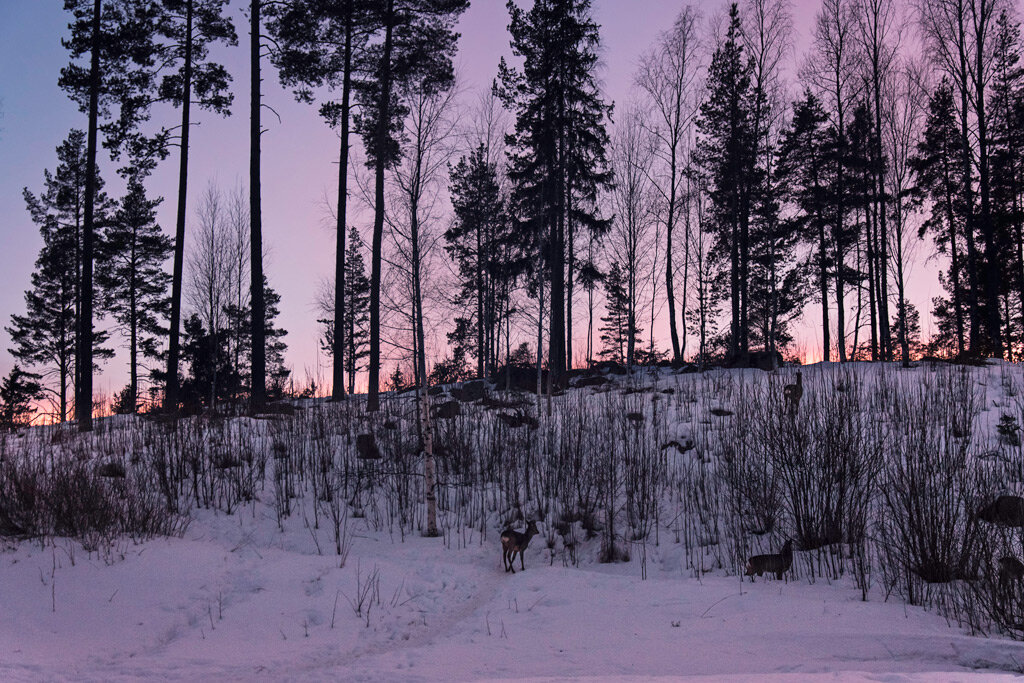
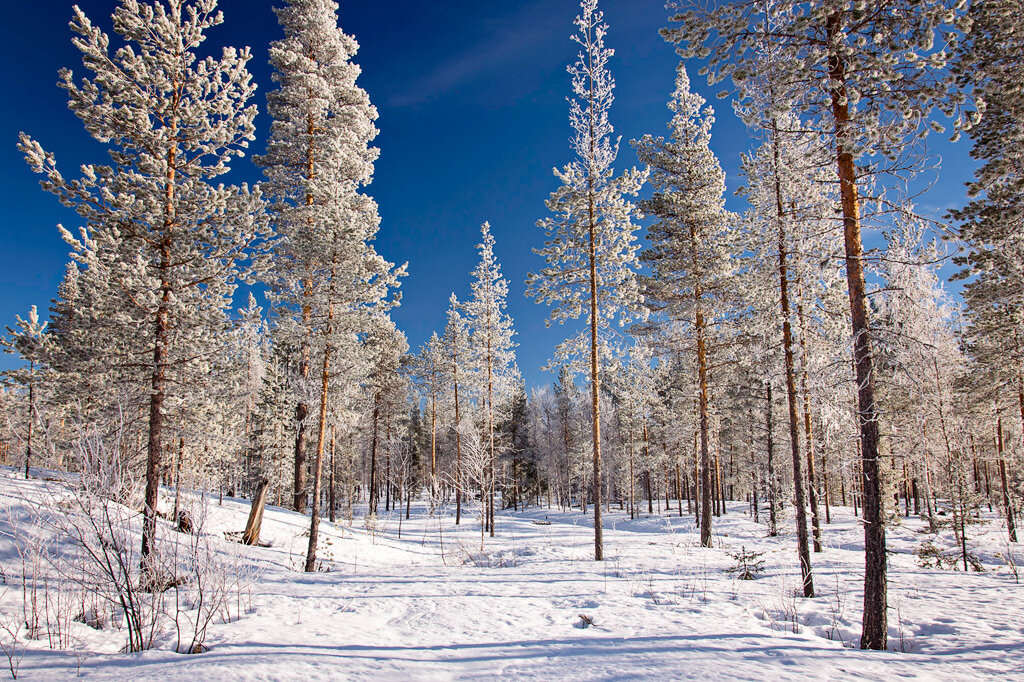
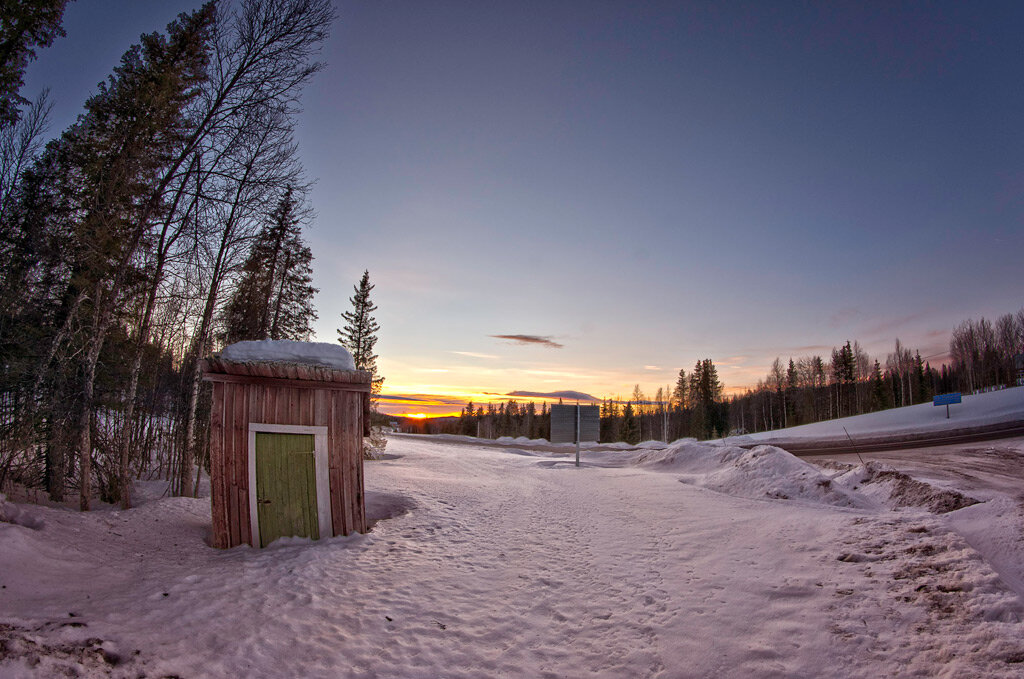
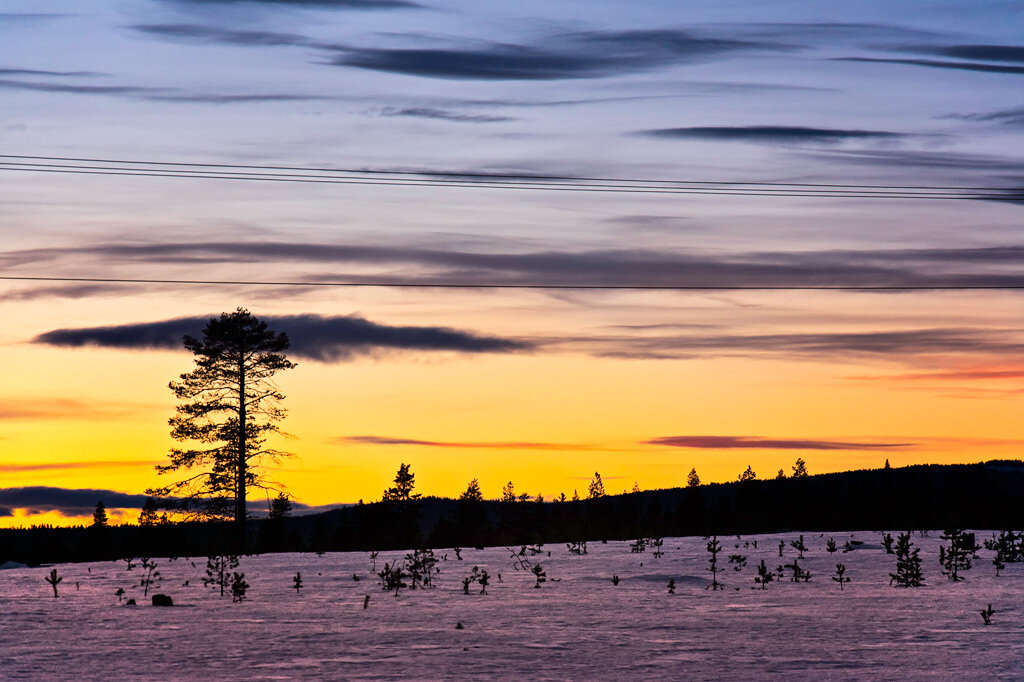
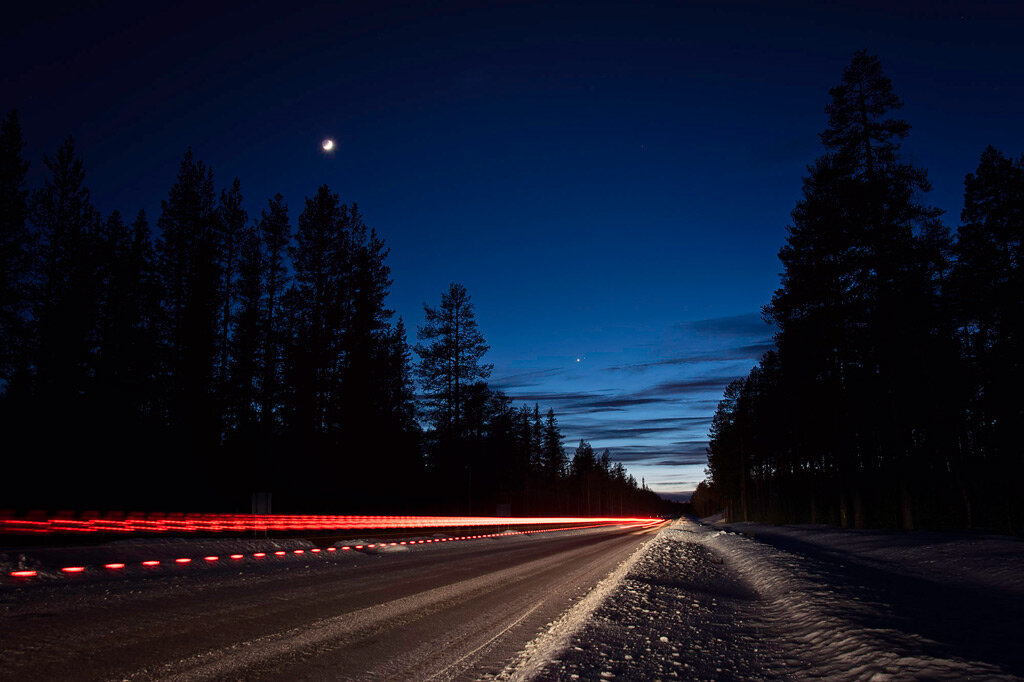
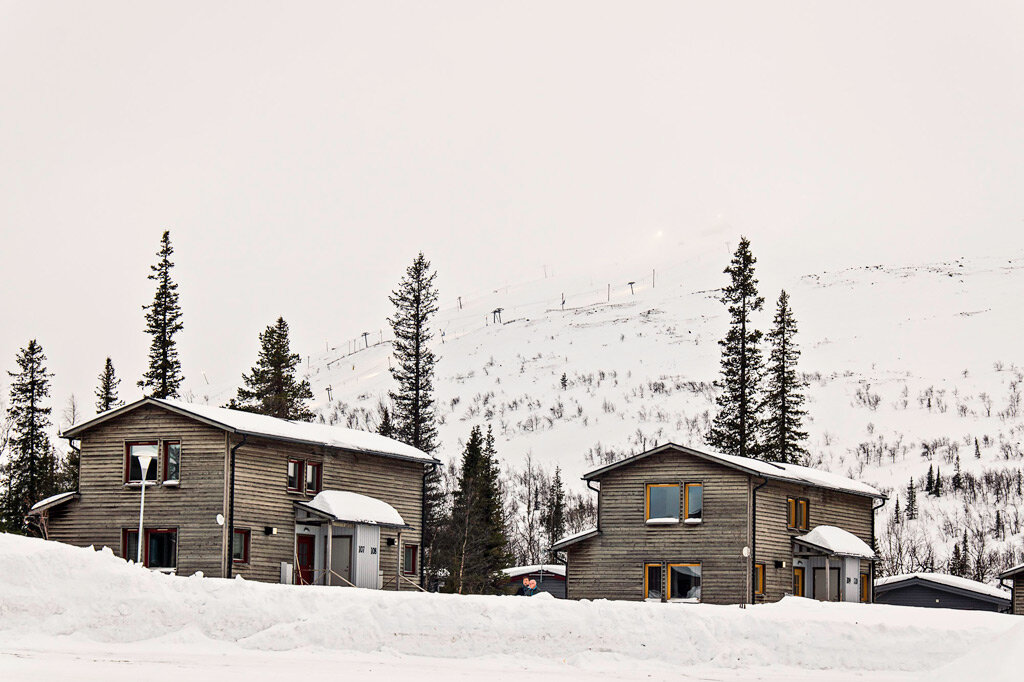
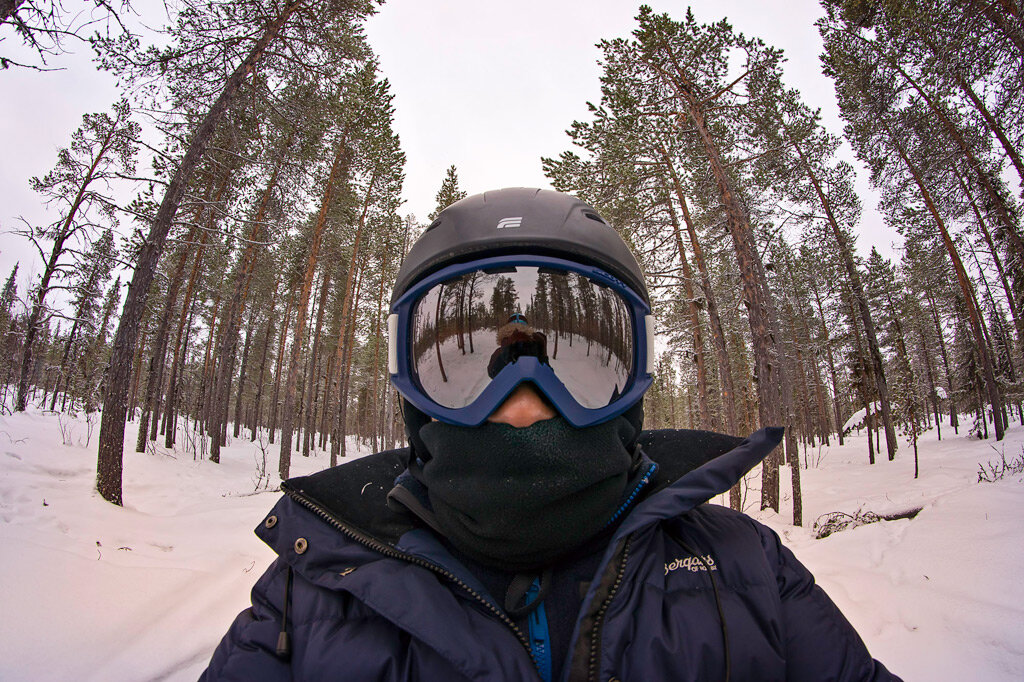
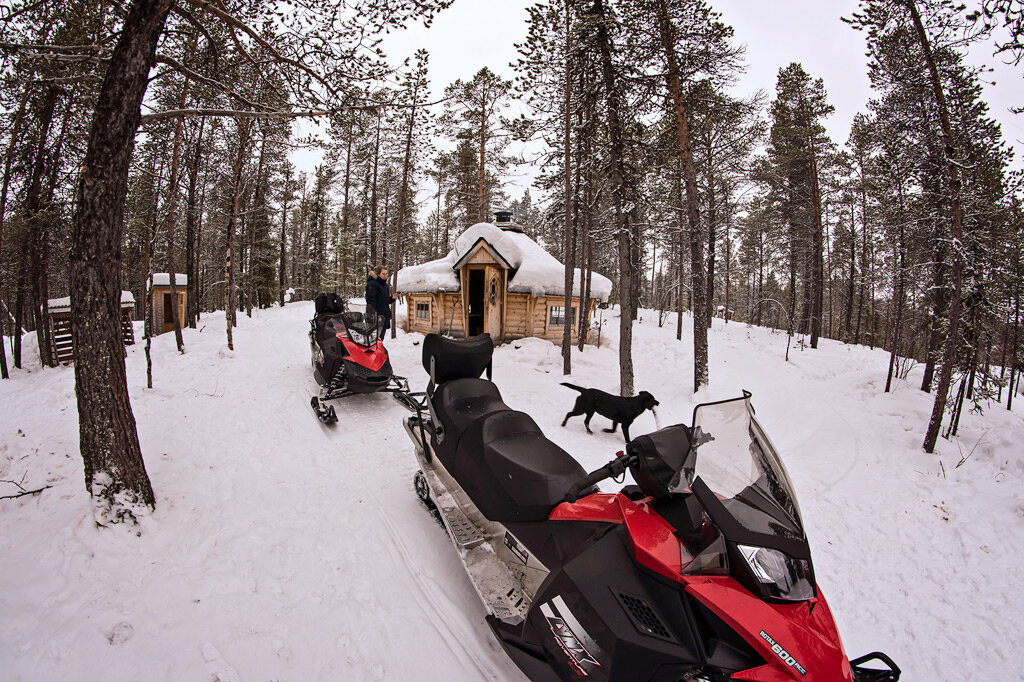
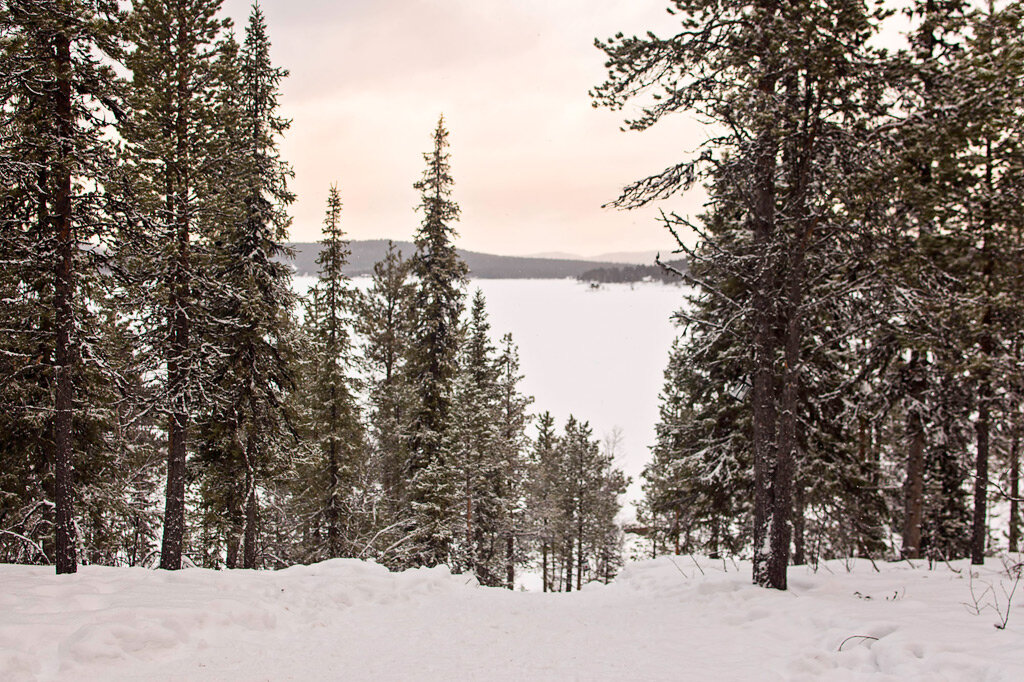
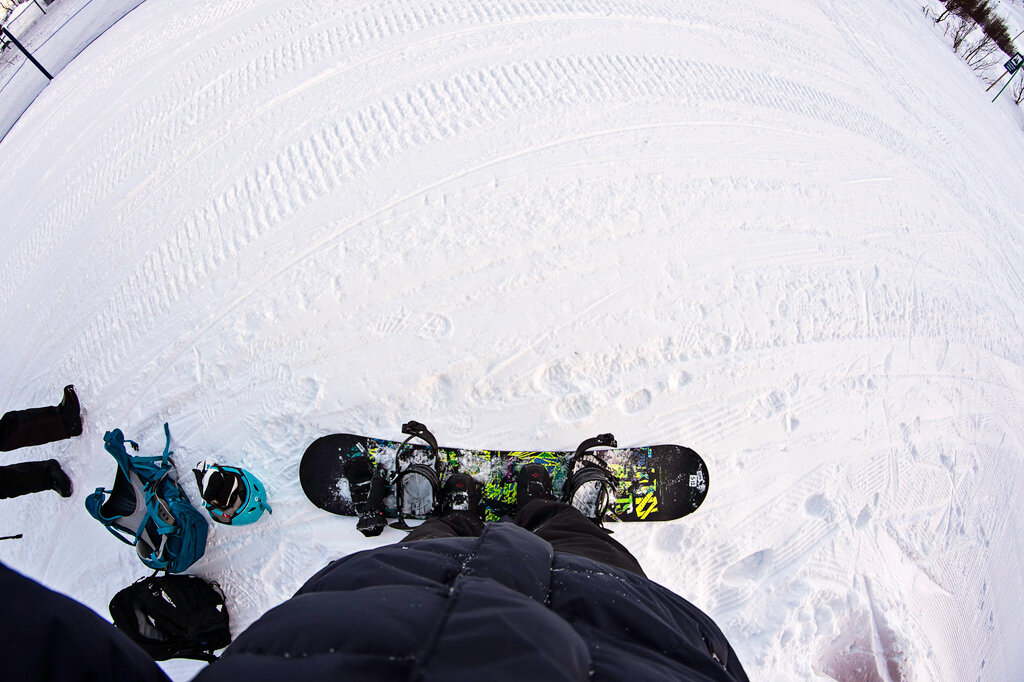
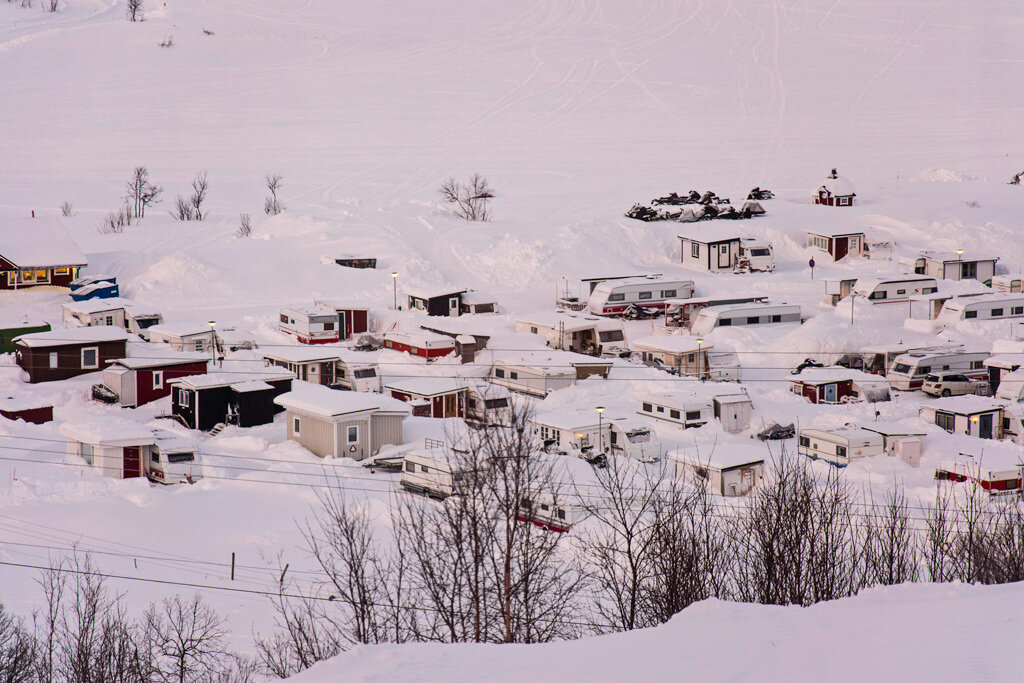
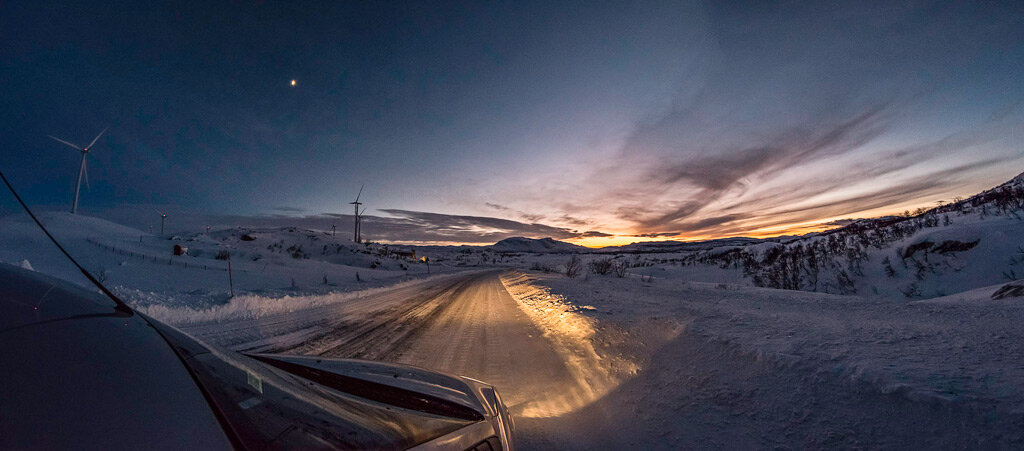
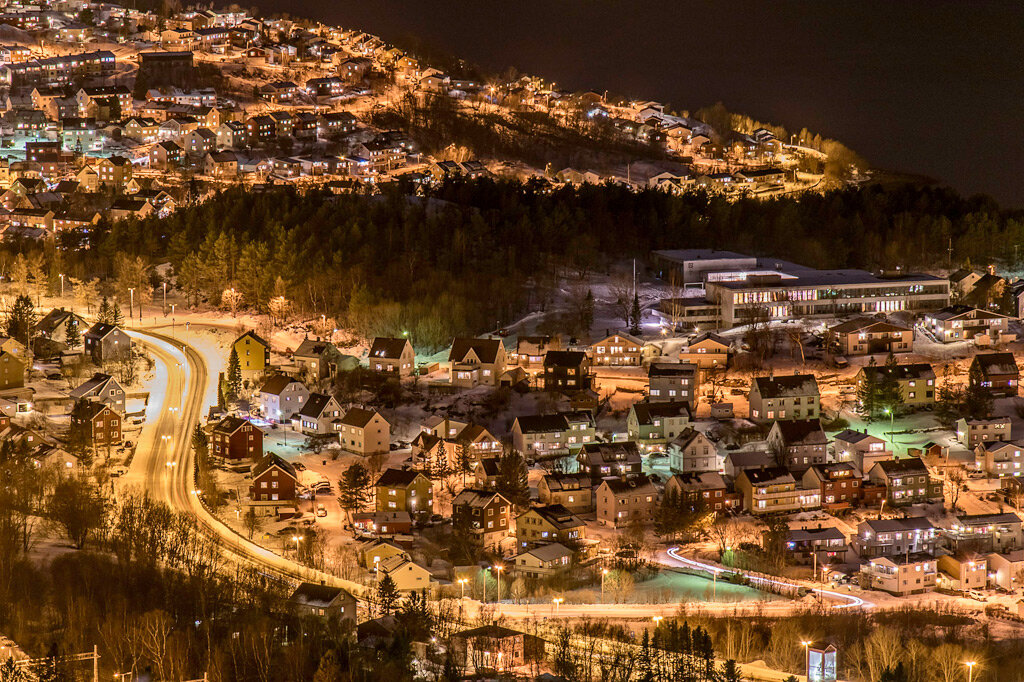
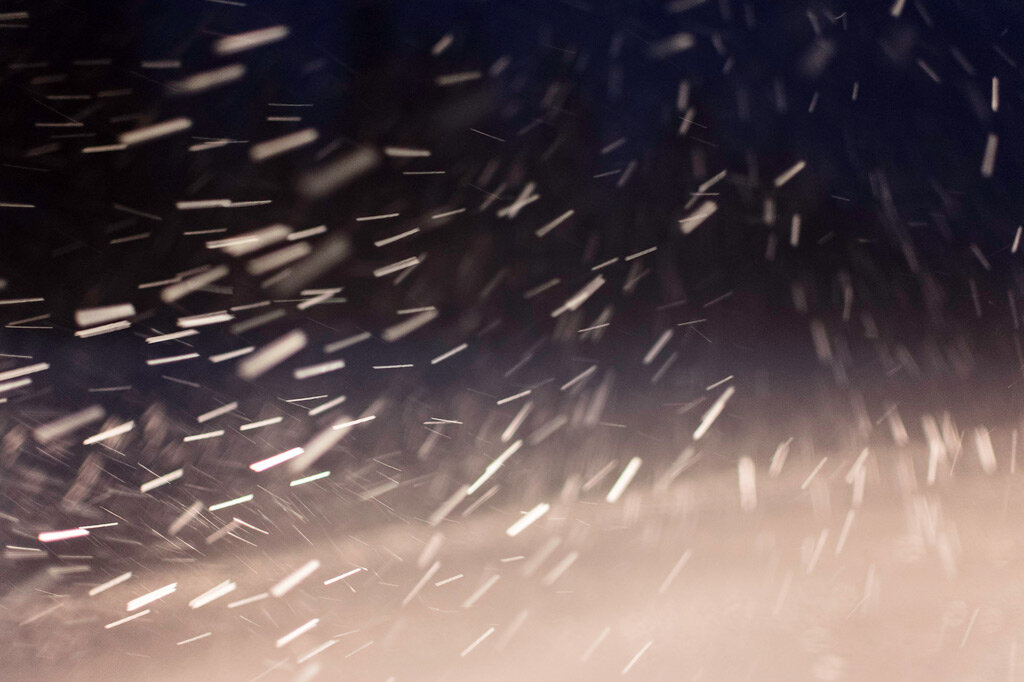
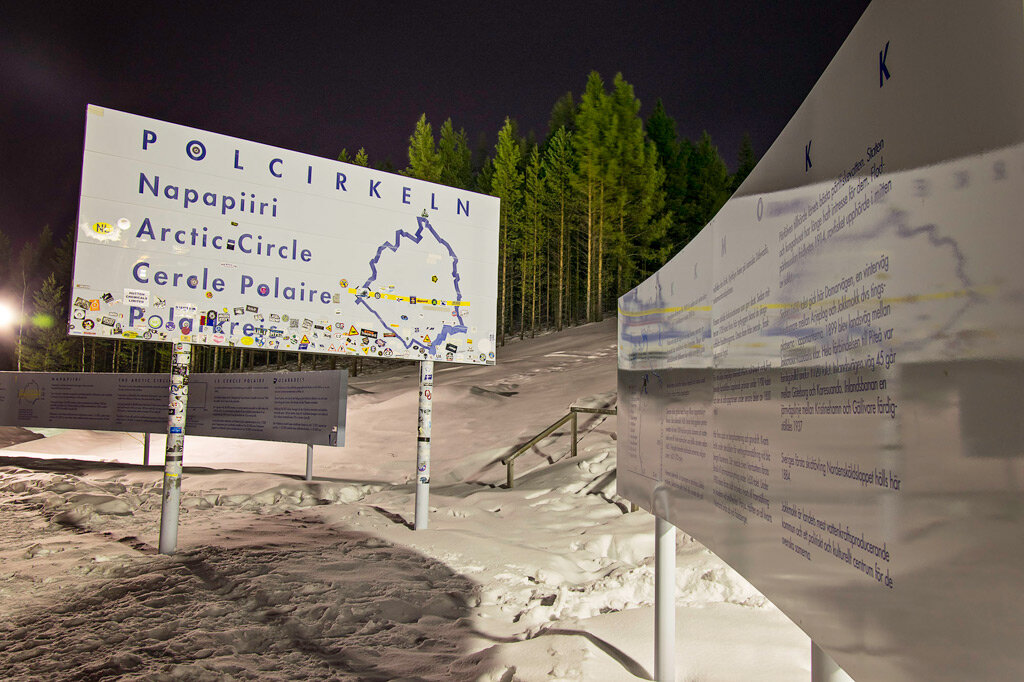
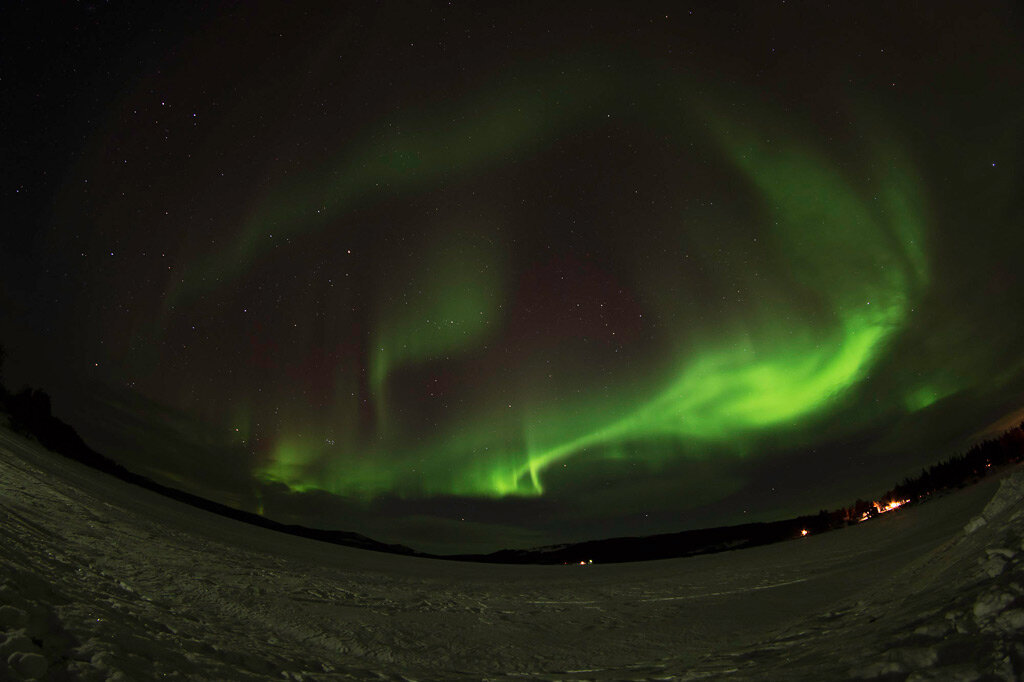
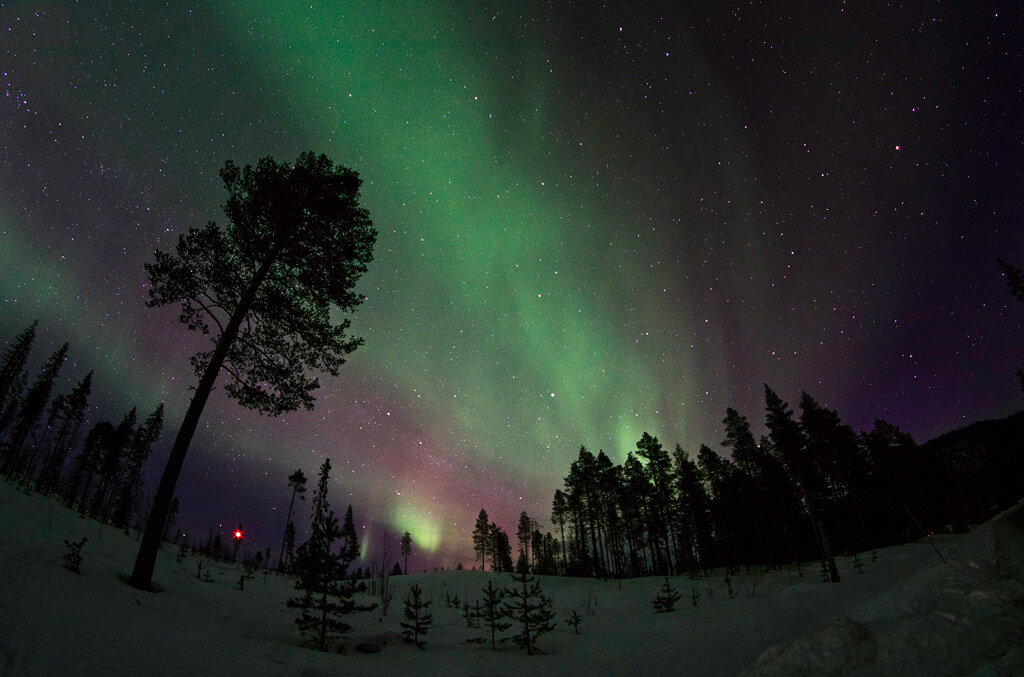
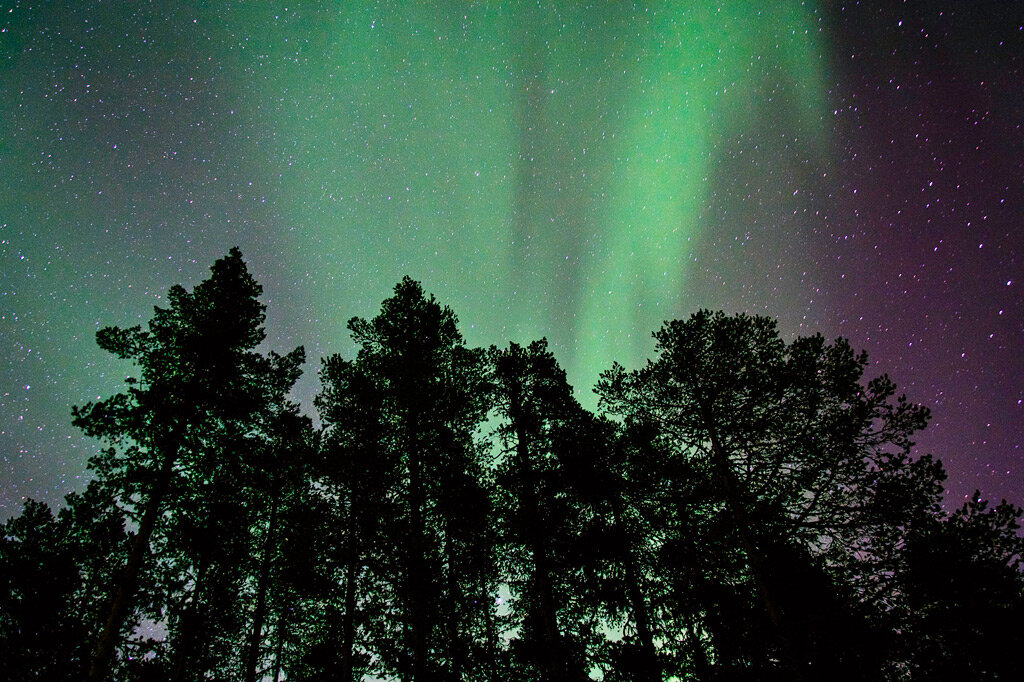
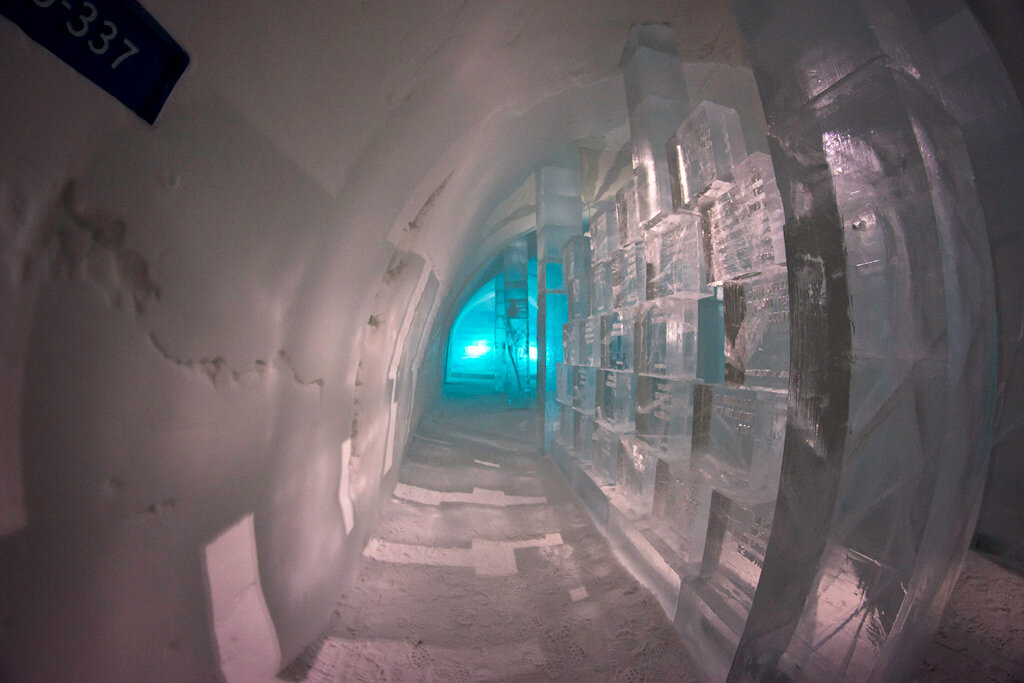
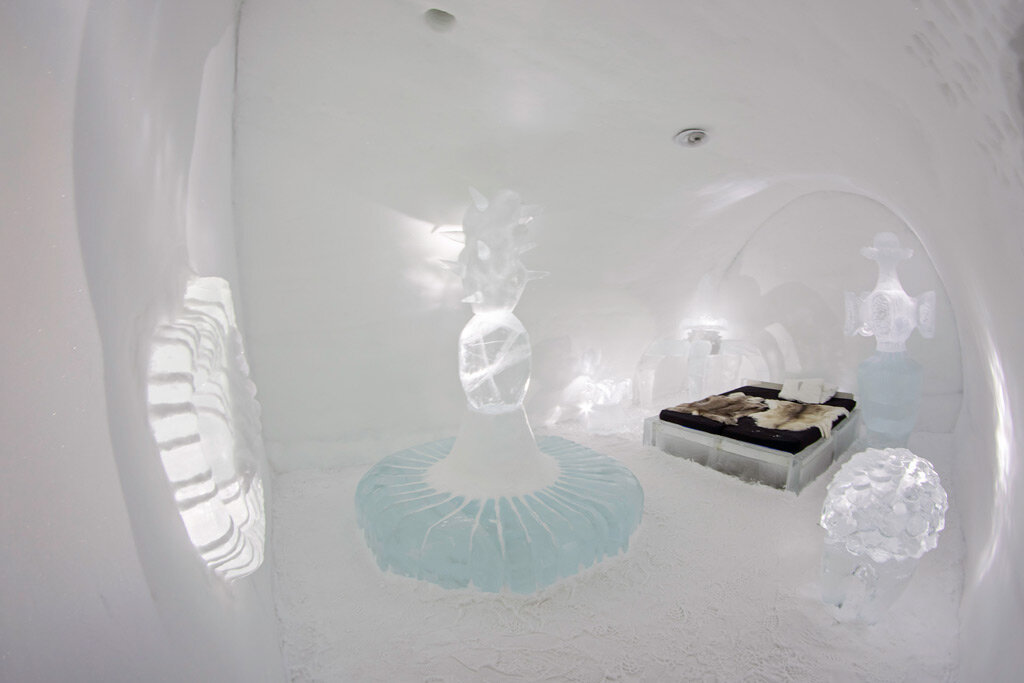
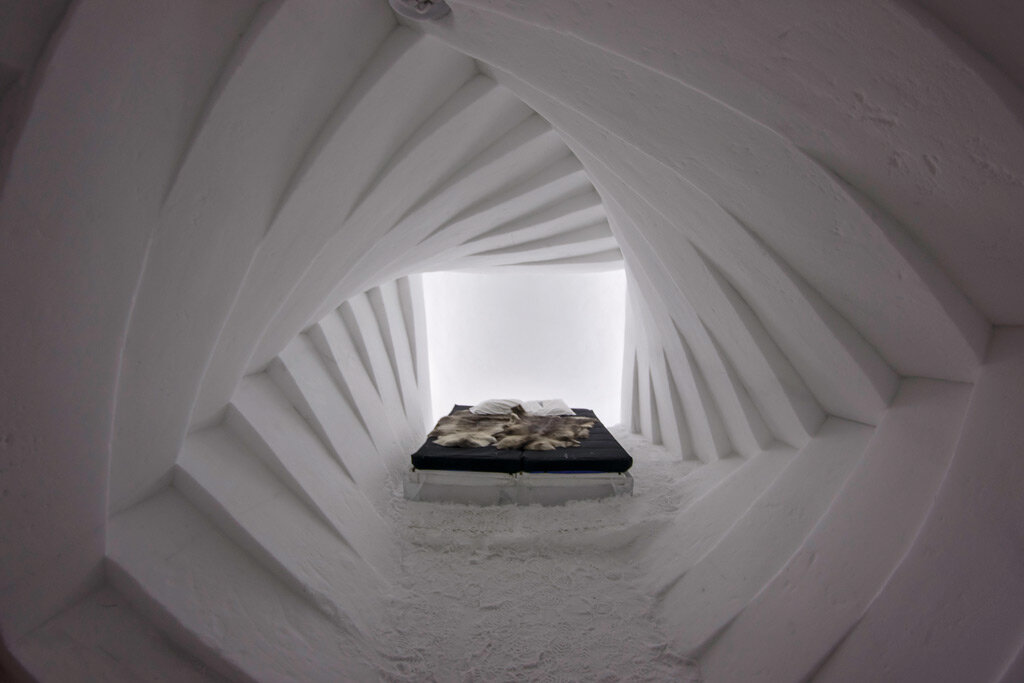
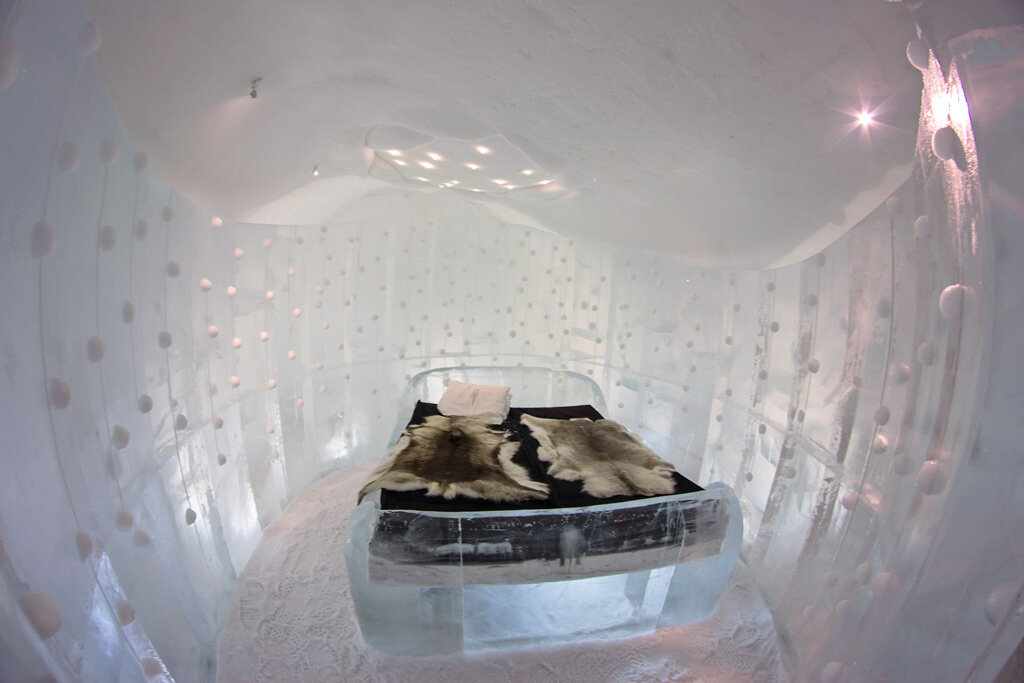
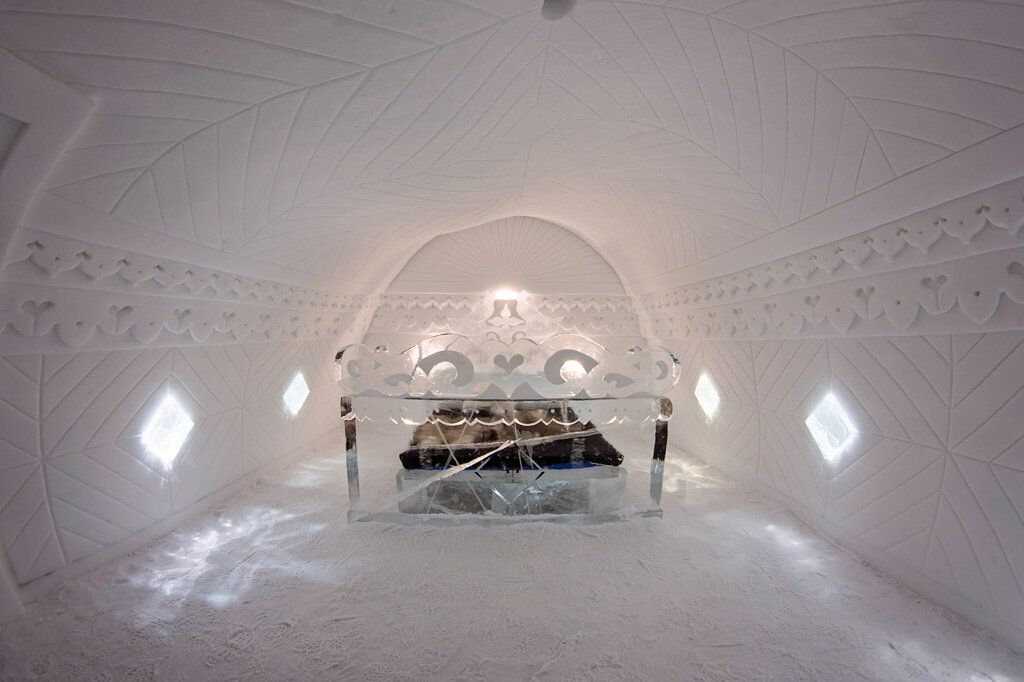
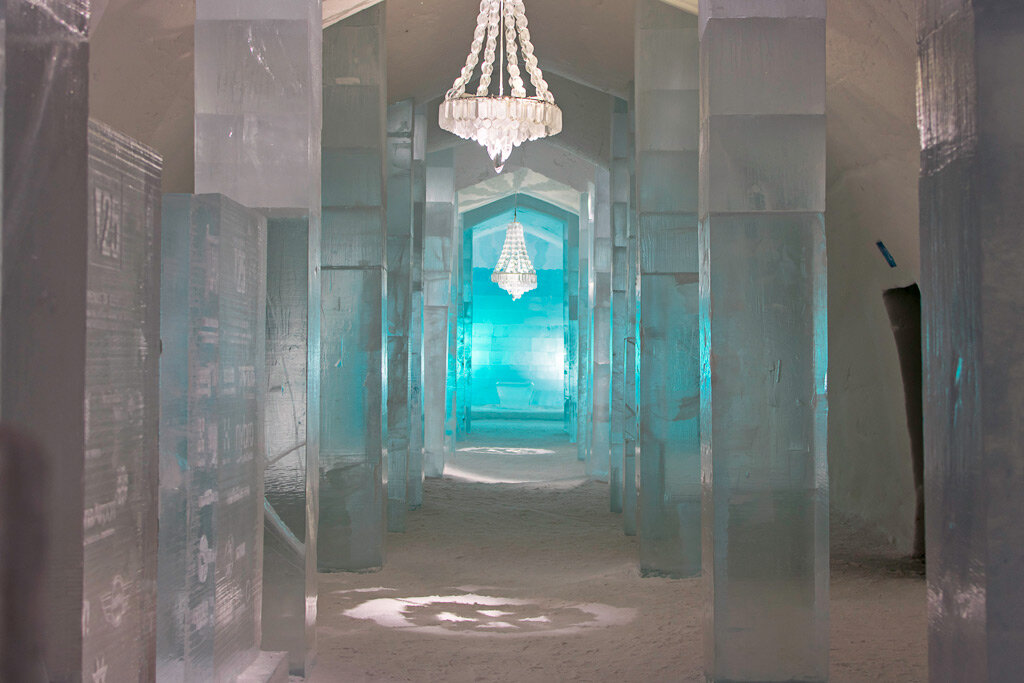
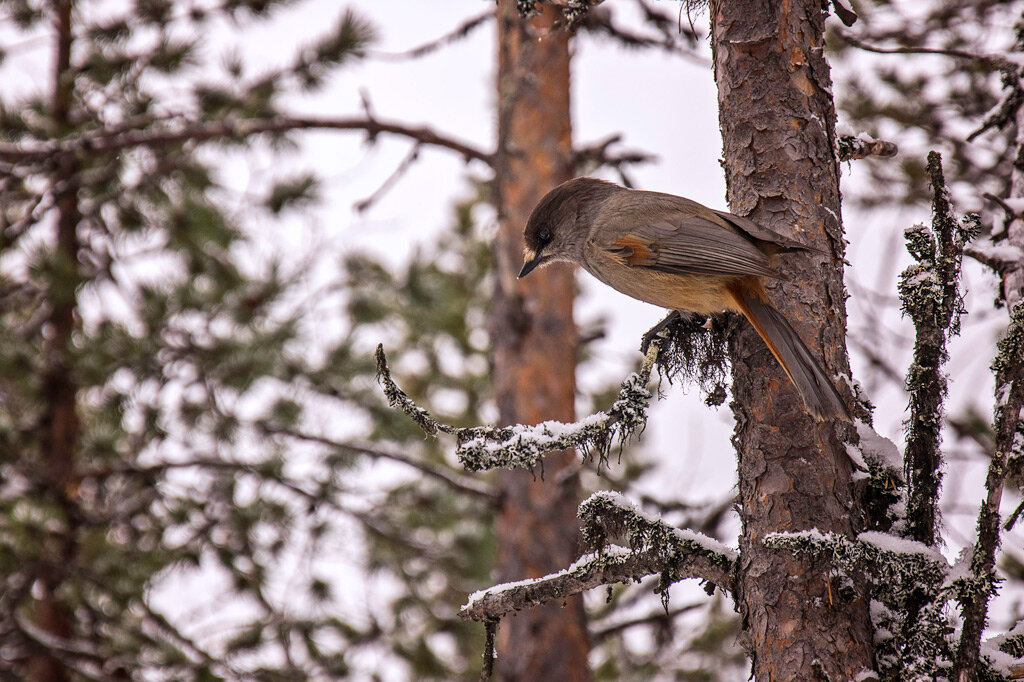
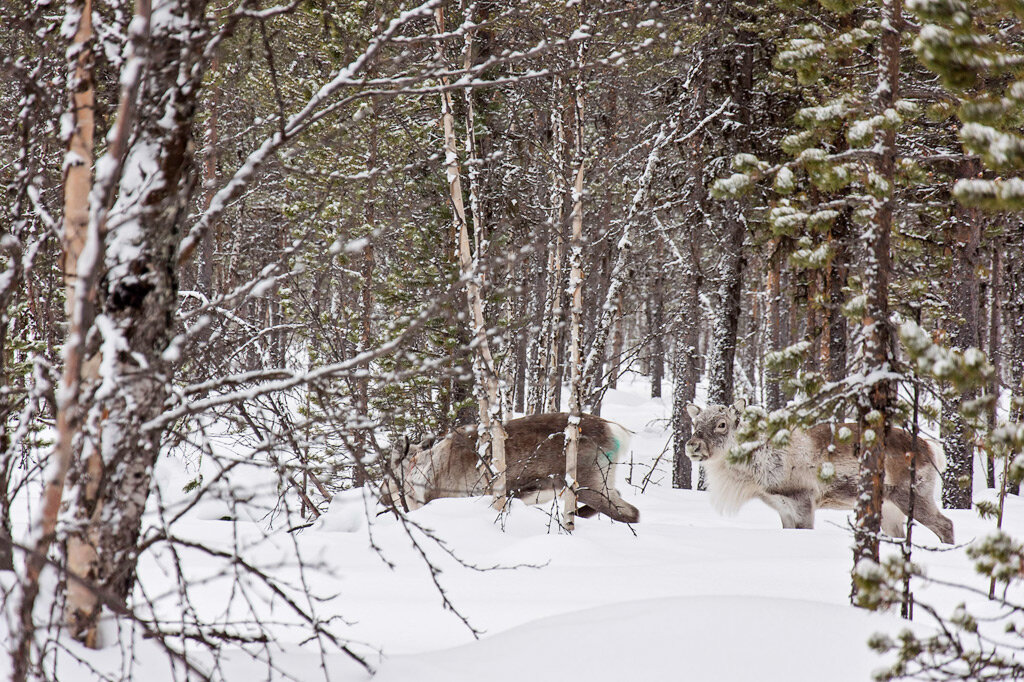
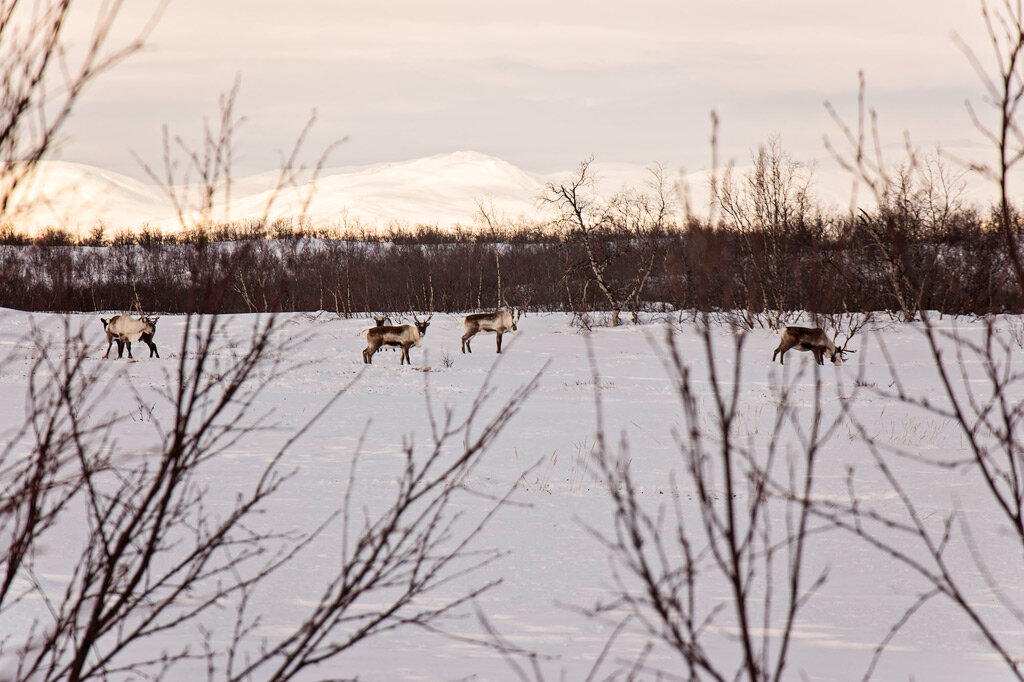




Comments